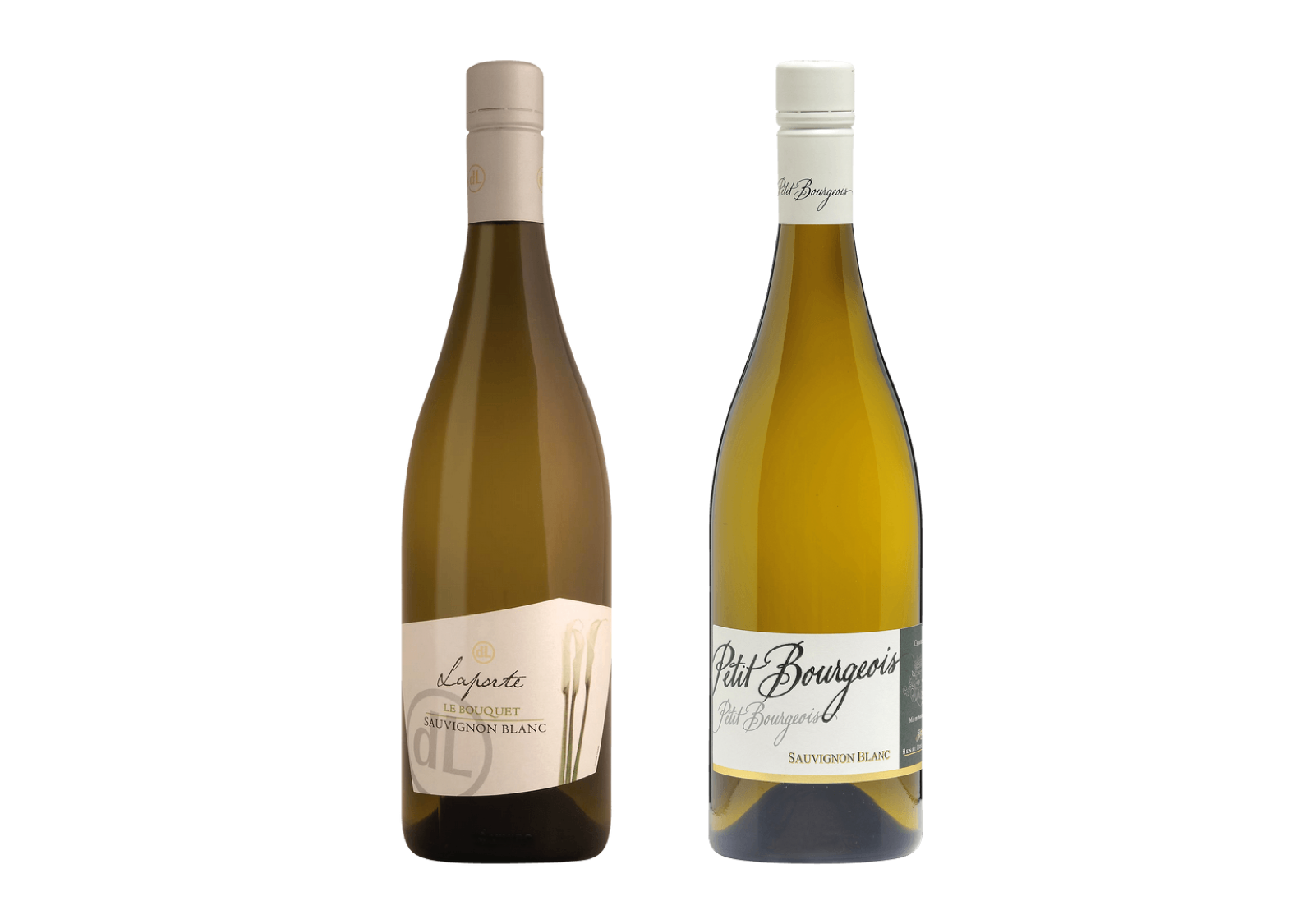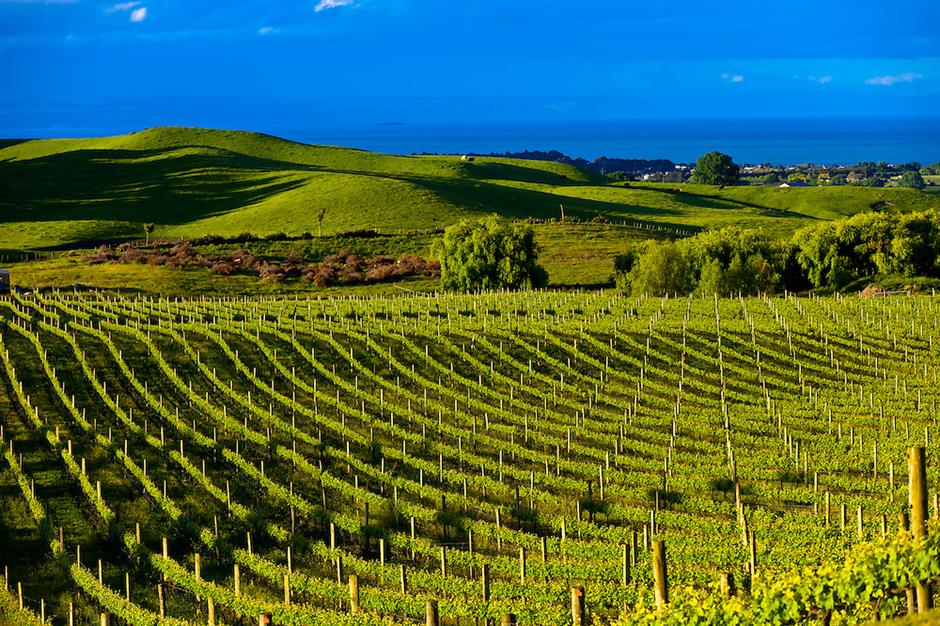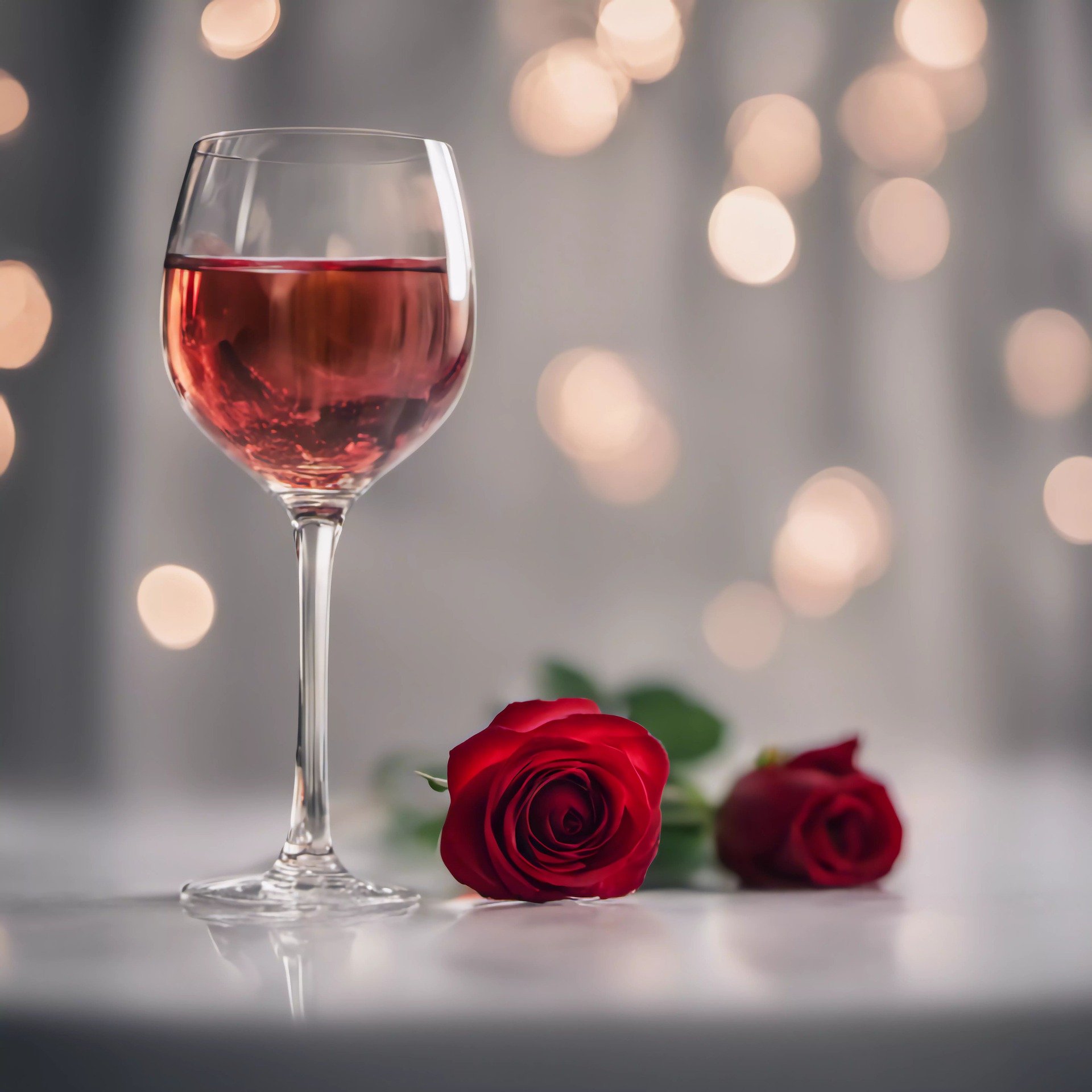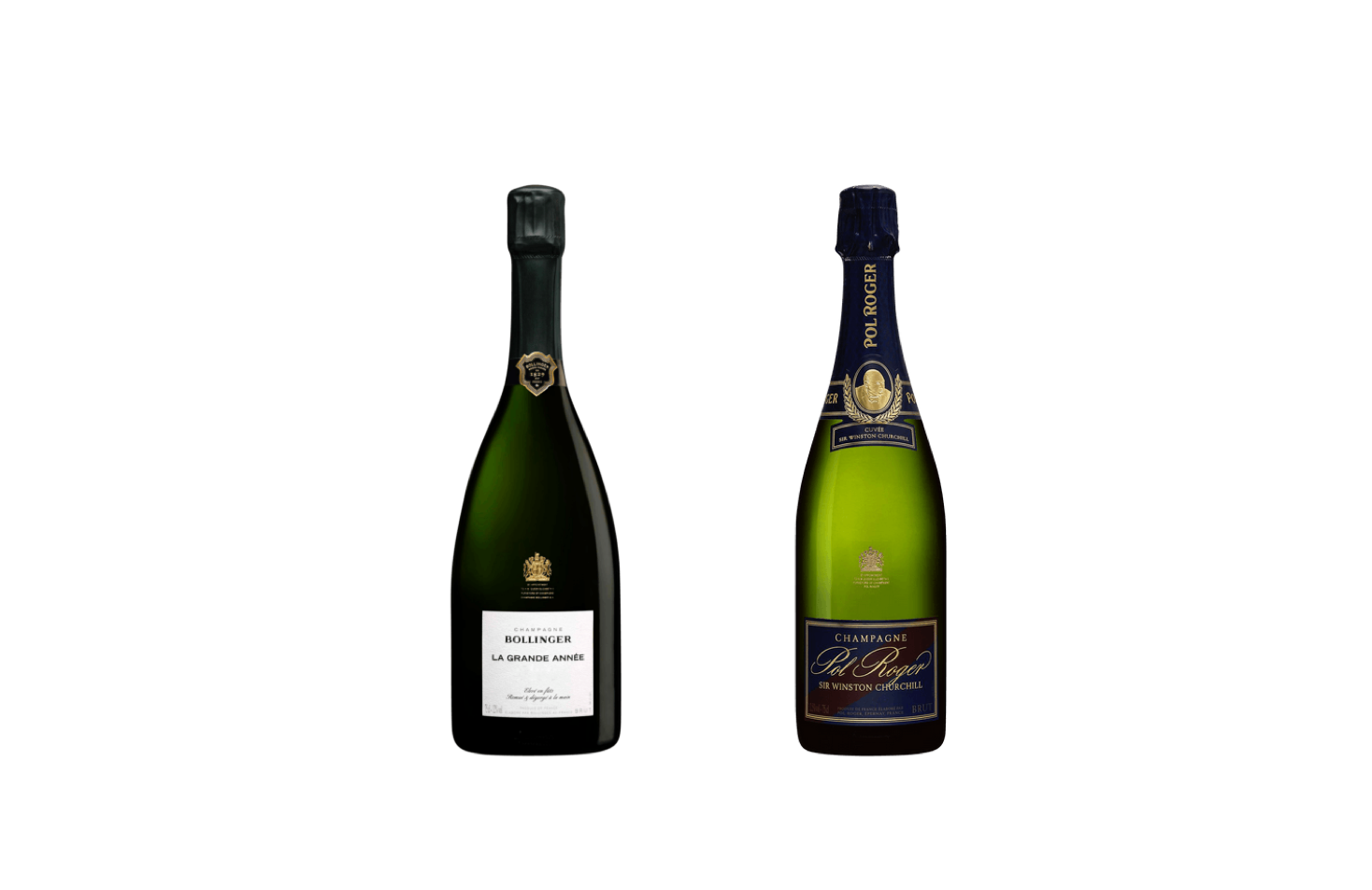The Loire River runs through the heart of France and wines from this region have captured the hearts of wine lovers all around the world. In particular, the wines from the hillside vineyards around the village of Sancerre have the ability to seduce palates that desire white wines of purity and elegance. Sancerre white wines are also some of the most elegantly perfumed wines in the world that are meant to be enjoyed as much with the nose as with the mouth. If you’re a fan of some of the best French perfumes and colognes than these wines are sure to enchant you with their sophisticated aromas of delicate fruits, flowers and minerals.
Since 1AD when the Romans first planted vines on the hillsides overlooking the majestic Loire River, the wines of this region were mostly red wine made from the Pinot Noir and Gamay grapes. Historically linked to the Duchy of Burgundy it’s no accident that the red grapes of Burgundy were favored, however, the wines of Sancerre were not as highly regarded as those from Champagne and Burgundy. However, in the late 19th century when the phylloxera epidemic devastated the vines of Sancerre, as well as vines in many other regions of France, most the growers replanted with the white variety Sauvignon Blanc because it took better to the American rootstock that was resistant to the disease. Today Sauvignon Blanc accounts for about 80% of Sancerre wines while Pinot Noir only comprises 20%. As is often the case in history, it was not the daring sagacity of the winemakers and owners that created one of the great white wines of the world, it was desperation.
The modern Sancerre white wines are among the best wines to pair with Chinese seafood. Some of my favorite Shanghai/Jiangsu seafood dishes to pair with a good Sancerre are steamed egg white topped with crab meat and roe (芙蓉蟹粉), smoked pomfret (烟熏鲳鱼), Shanghai roast fish head with scallion (葱香鱼头) as well as almost any kind of deep-fried seafood. The lively acidity of the Sancerre wines along with their mineral qualities wakens the freshness and highlights the natural flavors of these seafood dishes. Sancerre whites also go remarkably well with many Chinese chicken and pork dishes.
Since the Sancerre AOC was established in 1936, it has grown in size fourfold with the most recent expansion in 1998. In the wine world bigger areas seldom mean better wines, and in fact, this expansion has resulted in a wide range of different quality wines, from some of the best white wines to merely drinkable wines. Knowing the area within the Sancerre AOC is one method to select the best wines, but the easiest way for consumers in Shanghai is to know the producer. When I see the increasing number of excellent wines available in China, I’m still amazed how few of the top Sancerre producers are represented here. Here are two of the best that you can easily find in Shanghai.
One of the most prestigious names in Sancerre is Henri Bourgeois. The Bourgeois family has been making wines for 10 generations but until recently their production quantity was tiny. In 1950 the family owned only two hectares of vineyards, while today they have over 65 hectares of vineyards that provide grapes for half their wines. The other half is bought from local growers. The quality of the wines is remarkable, from the entry level Petit Bourgeois Sauvignon Blanc that’s not even a Sancerre AOC wine because some fruit is sourced outside the AOC, to the majestic Sancerre Blanc La Bourgeoise, an elegant and complex white wine. I’ve served Henri Bourgeois Sancerre wines at numerous events I’ve arranged over the years and they have always been among the most popular wines tasted. They also make some less serious, but very tasty red wines from outside the Sancerre AOC.
Another Sancerre producer you can rely on is Laporte. Established in 1850, this winery has built a reputation for lovely fresh and fruity Sancerre wines that feature the desirable flinty tang. The vineyards are located on the edge of a valley known as La Cassure de Sancerre that features two distinct soil types: limestone hills on one side of the valley and flint hills on the opposite side. Grapes grown on each of these different soils are vinified in different ways that results in wines of different personalities. In addition to Savingnon Blanc wines, Laporte makes Pinot Noir Sancerre and Cabernet Franc reds that are light body wines with a lively and fruity character. In particular, I’m fond of the Le Bouquet Cabernet Franc, an aromatic and graceful red.
WINE NOTES:
Henri Bourgeois Petit Bourgeois Sauvignon Blanc, 2008
“technically not a Sancerre because some fruit has been sourced from outside the AOC, this entry level white wine is nonetheless a charmer, with pale yellow color, green apple and grassy nose and wistfully light yellow fruit flavors”
Henri Bourgeois Sancerre Blanc Les Baronnes, 2008
“medium weight Sancerre with light golden yellow color, lively nose of grapefruit and gooseberry and plenty of unripe green fruit and celery flavors with nuances of minerals and a clean finish”
Henri Bourgeois Sancerre Blanc La Bourgeoise, 2007
“superbly elegant wine made from vines over half a century old, featuring a pale golden color, expressive nose of citrus fruit with notes of grass and lovely ripe melon and tangy citrus fruit flavors with a long slightly mineral finish”
Laporte Le Bouquet Sauvignon Blanc, 2008
“unmistakable a Sancerre wine that honestly reflects the terrior, this pale yellow wine has a lively nose of ripe lemons, berries and minerals and bracingly dry citrus and grassy flavors and a mouthwatering clean finish”
Laporte Sancerre Le Rochoy, 2007
“top white that exhibits the best of Sancerre qualities, the wine features a golden yellow color, intense nose of citrus, gooseberry and exotic fruits and rich fruit, grass and mineral flavors and a long clean finish”





